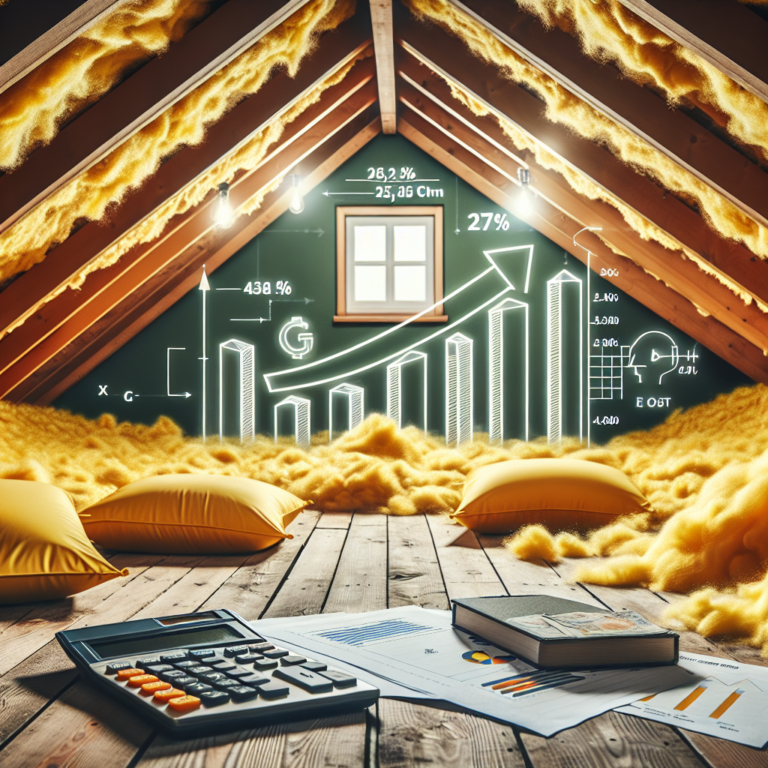The Ultimate Guide to Blown-In Insulation for Homes

Table of Contents
- Introduction
- What is Blown-In Insulation?
- Benefits of Blown-In Insulation
- Installation Process
- Maintenance Tips
- FAQ Section
- Conclusion & CTA
Introduction
Improving your home’s energy efficiency is crucial in today’s environment, and one effective way to do so is by using blown-in insulation. This type of insulation is not only effective but also versatile and can dramatically reduce your energy bills. In this guide, we’ll explore everything you need to know about blown-in insulation for homes.
What is Blown-In Insulation?
Blown-in insulation, also known as loose-fill insulation, involves blowing or spraying insulation materials into wall cavities, attics, or floors.
- Materials used commonly include fiberglass, cellulose, or mineral (rock or slag) wool.
- Each material has distinct characteristics that make it suitable for different areas of a home.
Benefits of Blown-In Insulation
- Energy Efficiency: Seals leaks and gaps more effectively, reducing heating and cooling expenses.
- Improved Home Comfort: Helps maintain consistent temperatures across the house.
- Soundproofing: Generally provides a better sound barrier compared to other types of insulation.
- Environmentally Friendly: Often made from recycled materials, contributing to environmental sustainability.
Installation Process
Step 1: Preparation
Inspect the area to be insulated for air leaks, moisture, and existing insulation. This preparation is crucial for effective insulation performance.
Step 2: Installation
Professional installers will use specialized machines to blow the insulation into desired spaces. The process is fast and covers large areas effectively.
Step 3: Post-Installation Check
Inspect the installation to ensure even distribution and correct density. Proper cleanup following the installation reduces any health hazards from loose particles.
Maintenance Tips
- Regularly check your insulation for any signs of settling or dampness.
- Add more insulation if necessary, particularly as settling occurs over time.
FAQ Section
Q: What are the environmental benefits of blown-in insulation?
A: Blown-in insulation often uses recycled materials and can reduce the carbon footprint of your home by lowering energy use.
Q: How long does blown-in insulation last?
A: With proper maintenance, blown-in insulation can last over 30 years, offering a long-term solution for enhancing home energy efficiency.
Q: Is blown-in insulation safe?
A: Yes, blown-in insulation is safe but should be installed by professionals to ensure it’s applied safely and effectively.
Conclusion & Call to Action
Investing in blown-in insulation is a smart choice for any homeowner looking to enhance their home’s energy efficiency, comfort, and value. With significant benefits ranging from reduced energy costs to improved environmental performance, it’s an investment that pays back over time.
???? Click Here to find out more about how you can benefit from blown-in insulation today!.




